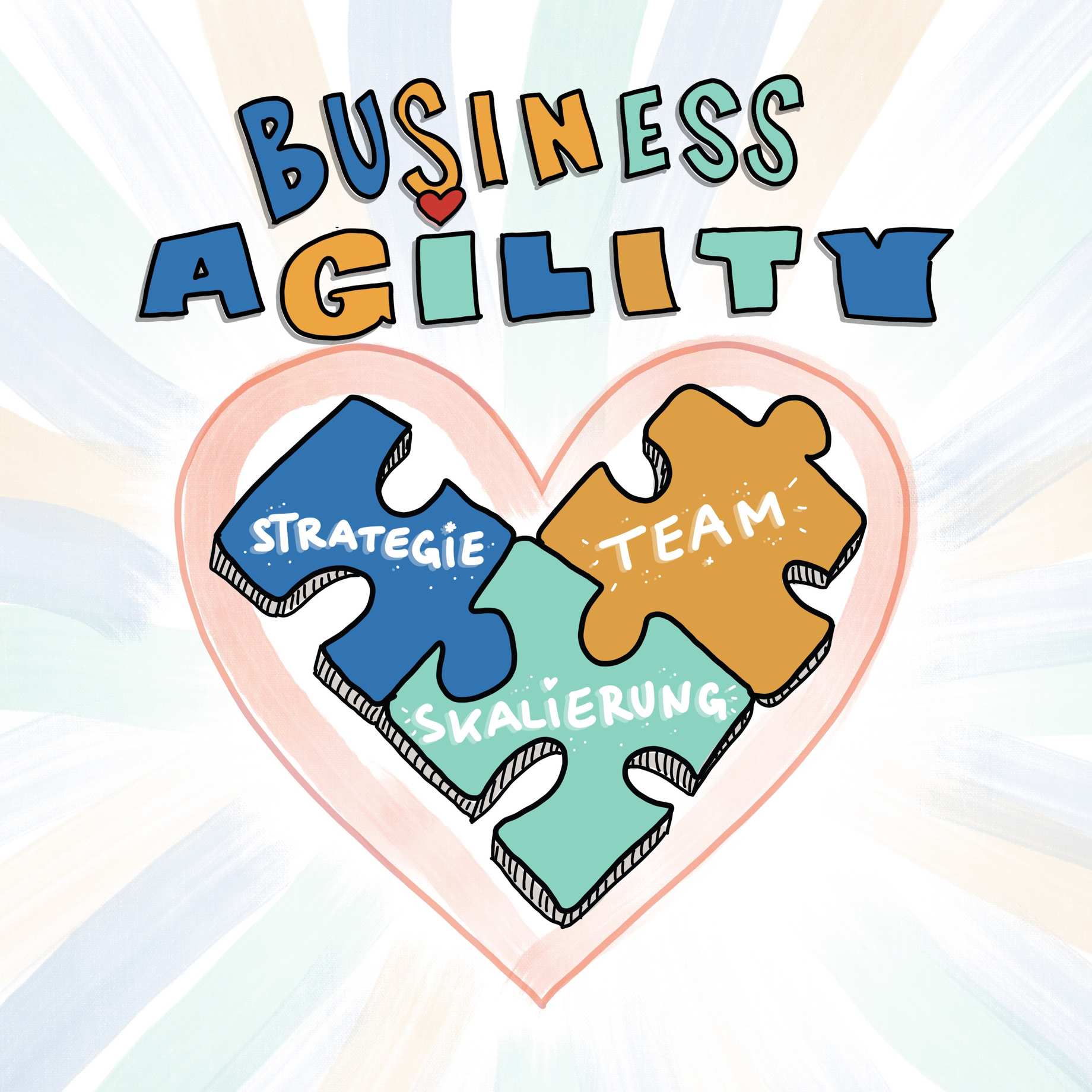Q&A
What is an agile organization?
Why is it so important to respond fast and flexibly to the market?
In today's digital age changes happen rapidly and dramatically (keyword: VUCA) and this makes it necessary for an organization to react faster and more flexibly than in the past. The world is spinning faster, distances are shrinking and at the same time everything is getting more complex: The competition is no longer just around the corner, but can come from the other side of the world. There is a high probability that a competitor understands better what the customer wants and can fulfill this wish even sooner than we can.
Agile organizations offer a potential solution to this context of intense competitive.
So what do Agile organizations do differently than traditional organizations?
The special thing about Agile organizations is that the people who make up the organization think and act according to an agile mindset. In other words, such an attitude is essential for agility. Agile organizations focus on the real wishes of the customer. By regularly and frequently delivering small "product updates" and innovations, the organization also receives fast and regular customer feedback, which flows directly back into further product development.
In addition to this close customer contact and the fast feedback cycles, the people in the organization work in cross-functional, self-organized teams adhering to high quality standards and the striving for continuous improvement. This helps the organization to quickly move in the right direction. This approach allows the organization to very quickly consider and account for changing conditions.
We have two agile teams. Are we now an agile organization?
Agile teams alone do not make an agile organization. - In order to be able to act agilely as an organization, in addition to an agile mindset, overarching agility between the teams is needed.
Otherwise, any improvements coming from agile working end at the boundaries of agile teams, and this can cause problems in other teams. Therefore, when we have multiple agile teams, we need agile scaling.
To illustrate this, Kanban expert Klaus Leopold cites the following keyboard metaphor.

Keyboard Metaphor (Klaus Leopold)
"Let's say our organization is a keyboard. Each team operates one key and we have to write a letter. Fast teams don't get the letter done faster! Rather, we need to ensure that the right team presses the right key at the right time. If we only optimize teams locally, it does not mean that the entire organization is optimized."
Source: https://www.leanability.com
The entire organization is agile?
In the best agile organizations, agile mindset and agile ways of working permeate the entire organization: from leadership to teams and from development to delivery support. On the path to becoming an agile organization, it is not advisable for every team and every area to immediately start working with agile methods. A well proven approach is to start with a single team and then spread out from there. As the agile mindset spreads and the benefits of agile working become apparent, more and more parts of the organization will join in. Until eventually the whole value chain is agile. Ideally, strategy development and portfolio management will also be agile.
In summary....
... the interplay of agile strategy, scaled agility and agile teams defines the heart of agile organizations. Through this interaction the agile organization emerges. The goal is the gradual emergence of top-level business agility. This enables the organization to be robust against the adversities in the current VUCA world.

Any questions?
Would you like to learn more? Then feel free to browse further on our site, for example in the Blog articles, in our Q&A or other Topics.
Contact us or make an appointment directly with one of us. We are Timo Foegen, Yvonne Fischer, Tina Eisoldt, Daniel Votta and Lutz Koch. We are looking forward to your call.
What is an agile transformation?
The path from a classic organizational form to an agile organization is referred to as agile transformation.
Agile Transformation
We help you execute Agile Transformation well with our experience in Agile and Change Management.
Organization in a digital age
Digitization challenges companies in many respects - new products, new development and manufacturing processes, and new market forms are emerging [...]
How agile transformations succeed
Agile transformations are everywhere.: we know how it can succeed.
Lean and agility
Agility has its roots in Lean. But what is lean anyway? And what is the difference between Lean and Agile? [...]
Change Management - Successful Change
We support you in making the change process in your organization agile and sustainable.
Publications
Knowledge and tools, beautifully presented so you can use it for your work in the 21st century.
Your contact person:
Malte Foegen
